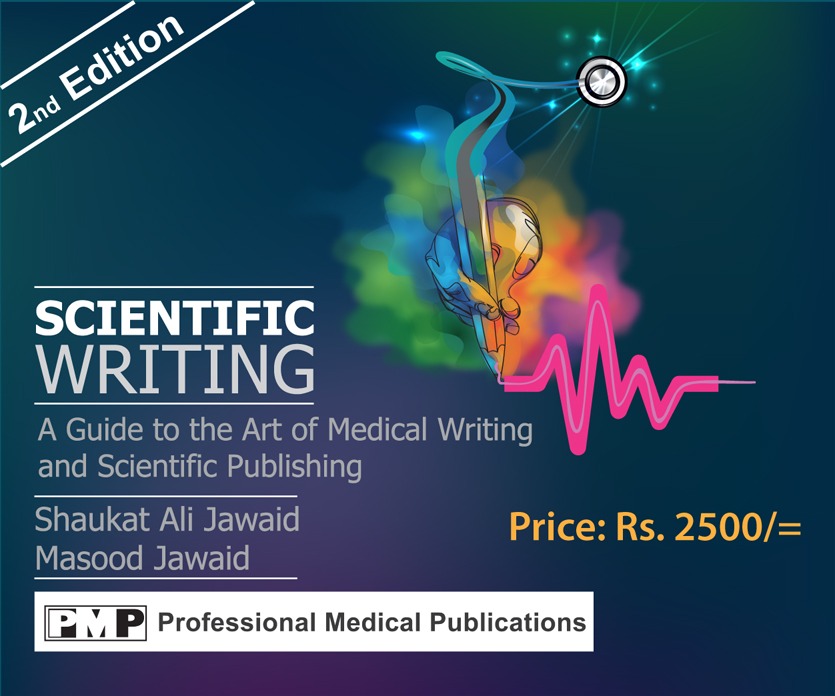The global Alzheimer’s disease (AD) market is expected to grow at a compound annual growth rate (CAGR) of 29% to reach $16 billion in 2030. Major driving factors of this growth include an ageing global population leading to an increase in prevalent cases, the launch of novel symptomatic therapies and innovations in precision medicine and neuromodulation, according to GlobalData, a leading data and analytics company.
GlobalData’s report, “Alzheimer’s Disease Market Size and Trend,” reveals that the global AD market has been undergoing rapid technological advancements in developing novel and more efficient treatment strategies.
Joselia Carlos, Medical Device Analyst at GlobalData, comments: “This year’s Alzheimer’s Association International Conference (AAIC)—the largest international conference dedicated to advancing dementia research—covered a breadth of topics, including evolving treatment options such as utilizing personalized and precision medicine in AD treatments.”

A notable emerging tool of precision medicine is the Clustered Regularly Interspaced Short Palindromic Repeats (CRISPR)-based technology, which is a genome editing tool that targets and precisely cuts specific DNA.
At this year’s AAIC, two new CRISPR-based strategies were mentioned—one will aim to reduce the gene that is strongly associated with AD, while the second will focus on downregulating the production of beta amyloid (i.e., a toxic protein in the brain that is a known hallmark of AD).
Carlos continues: “Physicians have typically used precision medicine, and more specifically, CRISPR, in the field of oncology. Similar to how CRISPR cuts genetic mutations linked to cancer, CRISPR can be used to target and splice specific genes associated with AD. The benefits of precision medicine should be able to transfer over from cancer to AD treatments.”
Another therapeutic option that is currently being explored, but was not mentioned in the AAIC’s agenda, is the use of neuromodulation devices for treating AD.
GlobalData forecasts the neuromodulation market to experience a CAGR of 7% between 2022 and 2033 due to its expansion into other therapeutic areas such as AD. However, neuromodulation is still considered a last-line treatment rather than the gold standard, as first-line treatments for AD has typically been oral drugs such as donepezil, galantamine, and rivastigmine.

Carlos concludes: “Neuromodulation is only considered when AD becomes refractory or unresponsive to drug treatment. This is because neuromodulation can be quite invasive and complex, as it involves implanting a device in the brain to modulate different neural networks. However, with non-invasive neuromodulation devices on the market, such as Cognito Therapeutic’s neuromodulation device that received FDA Breakthrough Device Designation in 2021, it would be interesting to see if new research and technology will shift treatment strategies for AD.” (PR)



